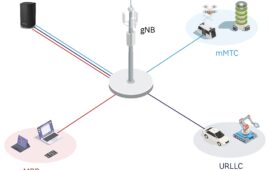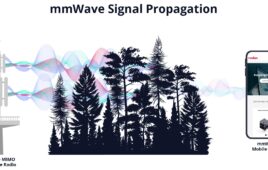Global broadband standards initiative 3GPP approved the first standard for 5G New Radio at a meeting in Portugal on Thursday.
A coalition of tech and telecom giants said the 5G NR specifications clear the way for the wireless sector to begin “full-scale deployment” of 5G networks, including large-scale trials and commercial deployments as soon as 2019.
The new specifications include flexible waveform numerologies, channel coding schemes, slot-based frame structure and support for Massive MIMO and mmWave spectrum. Sprint officials added that it incorporates bandwidths up to 100 MHz for an n41 — 2.5 GHz — single component carrier, up from the 20 MHz per component carrier for 4G LTE.
The leading U.S. wireless companies each hailed the new standards. Verizon and AT&T each conducted 5G trials this year, and Verizon plans to debut its first commercial 5G service in late 2018.
Sprint hopes to deploy wide-scale 5G in late 2019 and touted the largest block of under-6 GHz spectrum in the U.S., while T-Mobile is aiming to roll out 5G across the country in 2020.
“5G will spur dramatic innovation and progress around the world, and we see great opportunity in mobile 5G, massive machine type communications, and ultra-reliable and low-latency communications,” Sprint CTO John Saw said in a statement.
Qualcomm, meanwhile, also announced Thursday that lab demonstrations in New Jersey and Sweden showcased 5G NR multi-vendor interoperability that complied with 3GPP standards.
“We are excited to be part of this significant milestone, and to once again be at the forefront making the 5G vision a reality in 2019,” said Qualcomm Technologies executive vice president Cristiano Amon.




